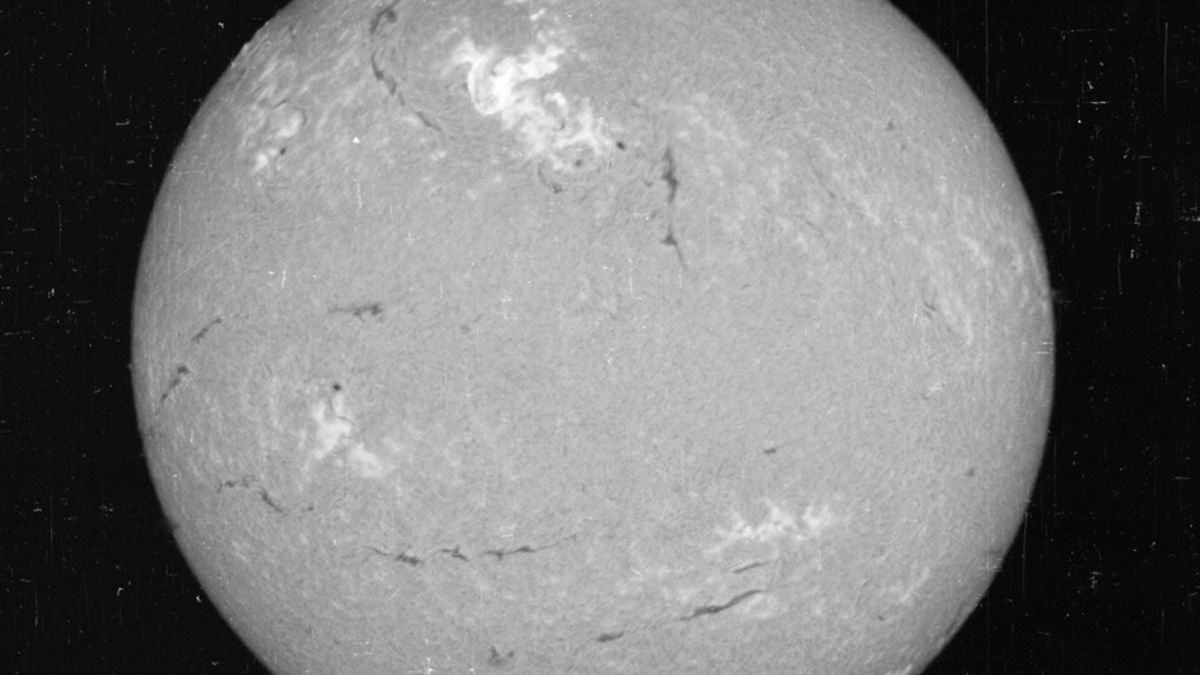
A armed guard walks past a blast-proof 25-ton steel door protecting the Cheyenne Mountain complex, home of NORAD. Picture taken October 14, 1999. (REUTERS/Rick Wilking)
The sun, not the Soviets, was a provocateur during a little-known Cold War event, a new study reveals.
A solar storm of historic proportions in May 1967 interfered with American radar installations and raised tensions, leading to aircraft being prepared for launch, according to the American Geophysical Union (AGU). The AGU is the publisher of the journal Space Weather, which will feature the study.
The solar storm was so powerful it disturbed Ballistic Missile Early Warning System sites in Alaska, Greenland, and the U.K. on May 23, 1967. According to the study, this was seen as the system being jammed.
Experts from the University of Colorado, Boulder, the National Oceanic and Atmospheric Administration (NOAA), Baylor University, and Boston College contributed to study, as well as retired Air Force personnel. The former Air Force officers describe the event publicly for the first time in the paper.
The powerful solar storm was, the study says, “a near trip-wire in the tense political and military landscape of the time.”
Related:
Luckily, space weather experts at the Air Force’s Air Weather Service and NORAD figured out what was going on. The study hypothesizes that officials got the correct information to the right people in time, averting a possible disaster.

A view of the Sun on May 23, 1967, in a narrow visible wavelength of light called Hydrogen-alpha. The bright region in the top center region of brightness shows the area where the large flare occurred. (National Solar Observatory historical archive.)
The study also states that a major American aircraft launch would have been “very provocative” and furthermore, it would have been hard to communicate with the planes after they took off because of radio interference from the solar storm.
“Had it not been for the fact that we had invested very early on in solar and geomagnetic storm observations and forecasting, the impact [of the storm] likely would have been much greater,” Delores Knipp, the first author of the study and a research professor at the University of Colorado, Boulder, said in a statement.
Ejections from the sun can interfere with the technologies of today, like the power grid, GPS, and even aircraft communications when the planes are flying over the poles. Just recently, NOAA announced that a satellite called DSCVR, positioned a million miles from Earth like a sentry, is monitoring solar weather and sending data back to the agency's Space Weather Prediction Center.
Follow Rob Verger on Twitter: @robverger
